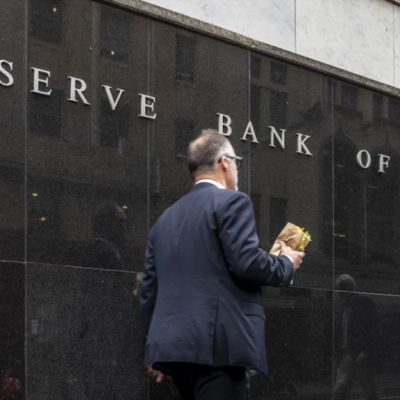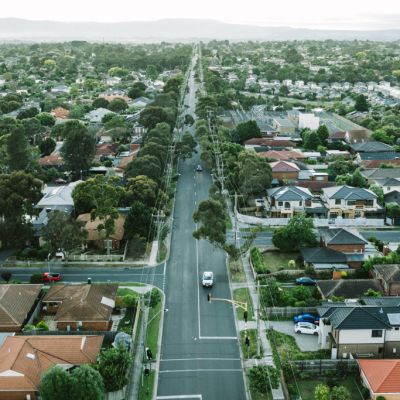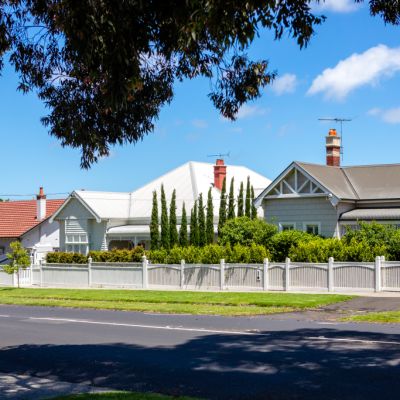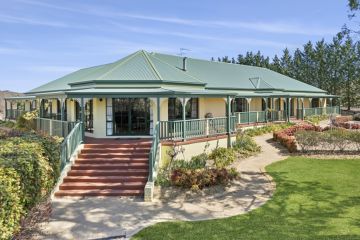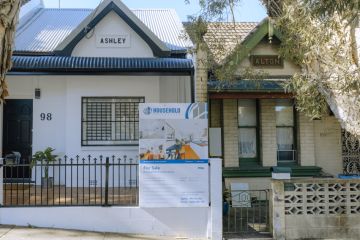October interest rate announcement: RBA raises cash rate by 25 basis points to 2.6 per cent
The Reserve Bank of Australia has hiked interest rates for the sixth month in a row but by only half the size of the previous five raises, lifting the cash rate by 25 basis points to 2.6 per cent.
“It made sense for the RBA to cool it a little bit because otherwise we’d risk having the recession we didn’t have to have, to paraphrase Paul Keating,” said AMP chief economist Dr Shane Oliver.
“Back then, in the 1990s, the rates kept rising and rising and the jobs market was similarly strong until, suddenly, it wasn’t. Then we went into a deep recession and they had to slash the rates to turn the economy around. And the risk is greater now because debt levels are three times higher than they were.”
There had been widespread debate before the RBA’s October board meeting on Tuesday about whether the rate might rise by 50 points or 25 points, with the actual rates people pay significantly higher.
The consecutive rises have already poured cold water on borrowers: the value of new loan commitments for housing fell again in August – by 3.4 per cent – and that’s following a fall of 8.5 per cent in July, according to data from the Australian Bureau of Statistics.
Estimated monthly home loan repayments |
|||||
| Home loan principal | 4.5% variable rate | 4.75% variable rate | 5% variable rate | 5.25% variable rate | 5.5% variable rate |
| $500,000 | $2,533 | $2,608 | $2,684 | $2,761 | $2,839 |
| $750,000 | $3,800 | $3,912 | $4,026 | $4,142 | $4,258 |
| $1,000,000 | $5,067 | $5,216 | $5,368 | $5,522 | $5,678 |
| $2,000,000 | $10,134 | $10,433 | $10,736 | $11,044 | $11,356 |
| Estimates are based on a 30-year principal and interest loan. Fees and charges are excluded, and this information is intended as a guide only. | |||||
But with the latest Australian Bureau of Statistics figures showing the rate of inflation fell from 7 per cent in July to 6.8 per cent in August, RBA governor Philip Lowe decided on the lower rise in his continuing quest to bring inflation down to within a 2-3 per cent band.
But a smaller rate rise doesn’t mean the rate rises are over. Lowe made clear in his statement on Tuesday that more were on the horizon.
“The Board is committed to returning inflation to the 2–3 per cent range over time. Today’s increase in interest rates will help achieve this goal and further increases are likely to be required over the period ahead.
“The cash rate has been increased substantially in a short period of time. Reflecting this, the Board decided to increase the cash rate by 25 basis points this month as it assesses the outlook for inflation and economic growth in Australia.”
With the end of the fuel excise ‘holiday’ and continuing rises in the costs of construction and of fruit and vegetables, however, inflation could well jump again.
Oliver says the dangers of an overly aggressive policy were manifold.
“The problem is that we’re not allowing enough time to assess the impact of the rises as they flow through,” he said.
“The housing market here is far more sensitive to rising interest rates than in the US where people can lock in mortgages for three years.
How much would your monthly home loan repayments go up if interest rates rise? |
||||
| Home loan principal | 0.25% increase | 0.50% increase | 0.75% increase | 1.00% increase |
| $500,000 | $75 | $151 | $228 | $306 |
| $750,000 | $112 | $226 | $342 | $458 |
| $1,000,000 | $149 | $301 | $455 | $611 |
| $2,000,000 | $299 | $602 | $910 | $1,222 |
| Estimates are based on a 30-year principal and interest loan with an initial variable interest rate of 4.50% per annum. Fees and charges are excluded, and this information is intended as a guide only. | ||||
“It made sense for rises to slow down now, and for November and December rises to be for smaller increments, too. The risk of recession here has gone up. Europe will almost certainly go into recession, the US risk is 50:50, central banks elsewhere are getting very hawkish about the recession risk globally and in Australia the risk is now about 40 per cent.”
Such fears are being echoed in other quarters, too.
“We are starting to see a lot more customers who are feeling the pinch of interest rate increases. The rising cost of living and the tighter serviceability assessments from the banks are also making it hard for customers to refinance and find a better rate,” said Domain Home Loans chief executive Kareene Koh.
“It has been a lot to absorb for customers with an increase of over $1500 per month on a $1 million mortgage within a matter of months. We are expecting with this latest increase that things will get tougher for the average household in the lead-up to Christmas.”
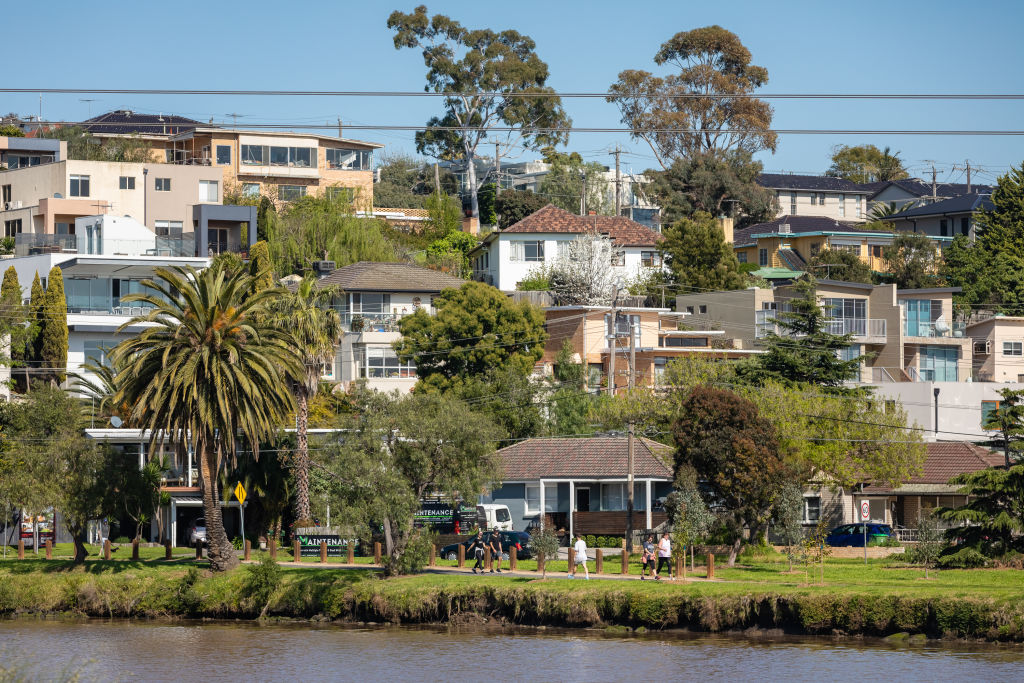
Domain Home Loans executive director and Lendi chief executive David Hyman said it’s certainly leading to pain for mortgage-holders.
“We’ve come off the back of record low interest rates, but the rate is now 2.6 per cent, up from 0.1 per cent,” he said.
“That means a lot of borrowers are now starting to feel the pinch because of the delayed nature of interest rate rises going through the system.
“But that rate is still very low historically and we’re not at the top yet, with most predicting further interest rate rises. So it’s even more important that people make sure they’re on the best rate and they aren’t paying a ‘loyalty tax’ – the difference in rates offered to new borrowers compared to existing ones. Our data suggests that tax is now 0.9 per cent.”
Borrowers refinanced $17.9 billion of home loans through new lenders in July, which was not only 7.6 per cent higher than the year before but also the second-biggest refinancing month in history.
Independent economist Harley Dale said it’s not only tough for mortgage-holders, but also for the owners of small to medium-sized businesses who often leverage their homes against their businesses.
“We’ve been seeing these big rises now coming through month after month,” he said.
“We’ll have to see now how the spring housing market responds to this latest rise and I would suggest the RBA reduce monthly rate increases down the track, too.
“Signalling that they’re going to pare them back would be a powerful tool in creating more certainty and confidence, especially as we approach Christmas, with retailing so important to the Australian economy. But we aren’t in the same situation as the US, the UK and the rest of Europe right now. We’re proving quite resilient.”
We recommend
We thought you might like
States
Capital Cities
Capital Cities - Rentals
Popular Areas
Allhomes
More
